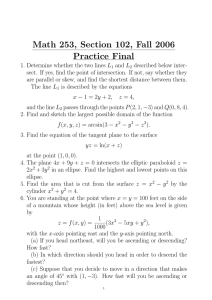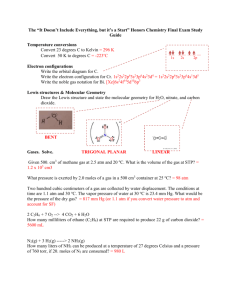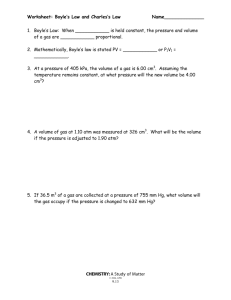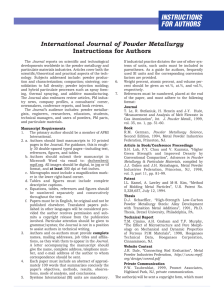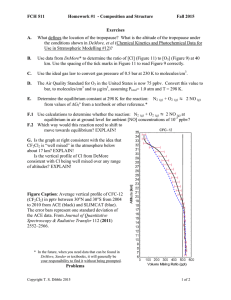Physical Science CP Seton Hall Preparatory School Mr. Greene Fall
advertisement
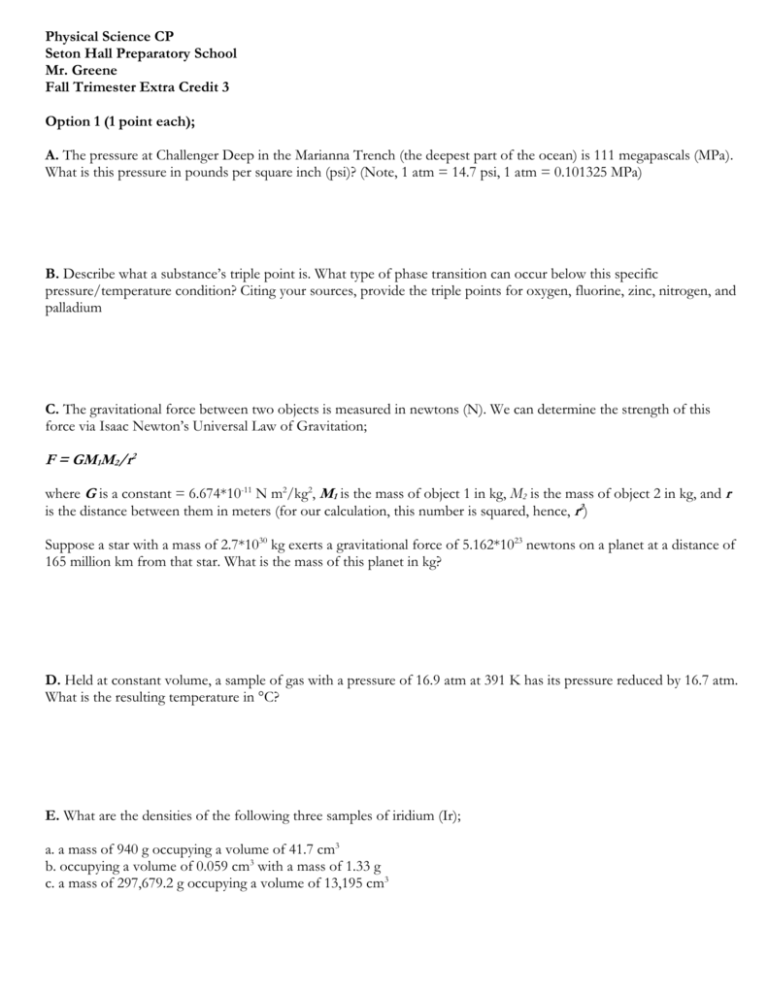
Physical Science CP Seton Hall Preparatory School Mr. Greene Fall Trimester Extra Credit 3 Option 1 (1 point each); A. The pressure at Challenger Deep in the Marianna Trench (the deepest part of the ocean) is 111 megapascals (MPa). What is this pressure in pounds per square inch (psi)? (Note, 1 atm = 14.7 psi, 1 atm = 0.101325 MPa) B. Describe what a substance’s triple point is. What type of phase transition can occur below this specific pressure/temperature condition? Citing your sources, provide the triple points for oxygen, fluorine, zinc, nitrogen, and palladium C. The gravitational force between two objects is measured in newtons (N). We can determine the strength of this force via Isaac Newton’s Universal Law of Gravitation; F = GM1M2/r2 where G is a constant = 6.674*10-11 N m2/kg2, M1 is the mass of object 1 in kg, M2 is the mass of object 2 in kg, and r is the distance between them in meters (for our calculation, this number is squared, hence, r2) Suppose a star with a mass of 2.7*1030 kg exerts a gravitational force of 5.162*1023 newtons on a planet at a distance of 165 million km from that star. What is the mass of this planet in kg? D. Held at constant volume, a sample of gas with a pressure of 16.9 atm at 391 K has its pressure reduced by 16.7 atm. What is the resulting temperature in °C? E. What are the densities of the following three samples of iridium (Ir); a. a mass of 940 g occupying a volume of 41.7 cm3 b. occupying a volume of 0.059 cm3 with a mass of 1.33 g c. a mass of 297,679.2 g occupying a volume of 13,195 cm3 Option 2 (5 points); James Hutton (1726-1797) is considered by many to be the father of the modern science of geology and the founder of the Principle of Uniformitarianism. Recite, from memory, this famous passage from his book The Theory of Earth; “We have the satisfaction to find, that in nature there is wisdom, system and consistency. For having, in the natural history of this earth, seen a succession of worlds, we may from this conclude that, there is a system in nature; in like manner as, from seeing revolutions of the planets, it is concluded, that there is a system by which they are intended to continue those revolutions. But if the succession of worlds is established in the system of nature, it is vain to look for anything higher in the origin of the earth. The result, therefore, of our present enquiry is, that we find no vestige of a beginning and no prospect of an end.”

